Bed Stage Altar

Image: designed by Carly Wattam.
archived
6 Sep
–
7 Sep
2024
Cassie Freeth, Frankie Millar, Jack Ellery, Jieying Cai, The Doll, Willa Cameron, Zody Takurua
BedStageAltar brings together seven artists from across the mōtu on the first weekend of Spring. Hosted by Enjoy Contemporary Art Space and curated by Elvis Booth-Claveria, this event celebrates live performance through the provocation of The Earth is my Bed, my Stage, my Altar. These three sites act as pillars, outlining the spaces that hold our lives in balance and from which the ultimate form performance of experience extends and flows.
Bed encapsulates the initial moments of something; the place where we all begin. It is also a site of rest, sensuality, and illness—a space where soft meets hard choices or consequences. Stage speaks to the sunniest parts of our lives, where we step out of the shadows and into visibility, whether in a gallery, our workplace or on the streets. This chosen visibility comes with both opportunity and risk. Finally, Altar touches on the raw, internal positionality and rationale that ground us through an otherwise unreasonable and often unjustifiable reality. It is where and what we sacrifice, practice, and hold in prestige within ourselves and others.
BedStageAltar aims to create a break from the growing exhaustion of a capitalist approach to art-making by celebrating the vulnerable nature of live performance, which thrives on risk, reward, and failure. Over thirty two hours, we will gather with no other motivation than to partake in and bear witness to each embodied release, task, and ritual. The event prompts a reminder to live in our breath, fingertips, and toes, just as much as in our pressurised and often traumatised twenty-first century minds.
As day turns to night and the city awakes again, each performance transitions into the next, creating an extended atmosphere of connection and gratitude. By holding and uplifting a range of practising artists at different stages of their careers, the event aims to strengthen networks through sharing and collaboration in an accessible space. The featured works span a dynamic range of performance-based practices, each exploring the intricate relationships between identity, body, environment, and materiality.
Frankie Millar (Te Arawa, Whakatōhea) and Jieying Cai (Ganzhou) present Hangi, a response to the poem "Sharing Our Stories", in the pukapuka Toikupu (poetry book) The Ani Waaka room nā Debbie Broughton.
We share our traditions, we kōrero paki as tangata tiriti and tangata whenua. Over traditional kai that are wrapped in hangi leaves, bamboo leaves and lowered, steamed and eaten. Jieying takes inspiration from zongzi (粽⼦子, a glutinous rice filling wrapped in bamboo leaves often filled with meat or 蜜枣 jujube dates. The people made 粽⼦子 to feed the fishes in the rivers during dragon boat festival in China because they didn’t want Qu Yuan’s body remains to be eaten in the river. In the hopes of making zongzi, throwing them in the river and drumming of the dragon boats, they were scared away. Jieying grew up by zhangshui 章⽔水河 and gangshui贡⽔水河. The two rivers zhang and gang intersect to form 赣州 and it was very customary to watch the dragon boats drum past the river and make zongzi. Frankie takes inspiration from hāngi. Customarily wrapped in harakeke leaves, this performance would take on a more contemporary space of hāngi. I remember going to my marae for the first time at 6 years old and seeing my uncles pack soaking wet woollen blankets and sheets on cages of meat and kūmara. Keeping them warm and free of dirt. Kai is the common strand between both cultures, creating community and a gathering space for both tangata tiriti and tangata whenua.
Zody Takurua’s Huka Mai Te Rā is a developmental body of work that explores the trisectional realities of existing as Half-Caste Takatāpui in Aotearoa. Written and performed by Zody Mārino Takurua (Nga Rauru) and Chris Girven (Ngati Kahungungu, Te Wairoa), this work is a collaborative culmination of both artists' lived experiences. Within these writings, you are invited and encouraged to examine how your own lived realities exist as reflections or discourse with that of the performers.
The Doll’s Gateway Bed transforms the gallery into a stage for an improvisational, ritualistic performance that blurs the boundaries between public and private spaces. The Doll’s actions invite the audience to witness the quiet rituals of rest and the intimacy of a transient existence.
Willa Cameron’s Urban Tumbleweed sees the artist donning a costume made of recycled soft plastics, embodying the material’s slow and inevitable journey through space. This performance invites reflection on environmental cycles and the ways human activity intertwines with the non-human world.
Jack Ellery’s C U T Gorse involves the artist using 100 kg of pruned and collected gorse to create an immersive environment, exploring the body as an active agent in space and navigating between immersion in and detachment from the natural environment.
Cassie Freeth’s Manticore is an evolving performance that delves into themes of sadomasochism, decay, and the non-human. Freeth’s wearable sculptures constrain and challenge the body, creating a dance of mutual destruction and creation between the artist and their assemblage.
Curated by Elvis Booth-Claveria
Exhibition Essays
Sugar from the Sun & a Suitcase from Palmerston North
By Brooke Pou
Read online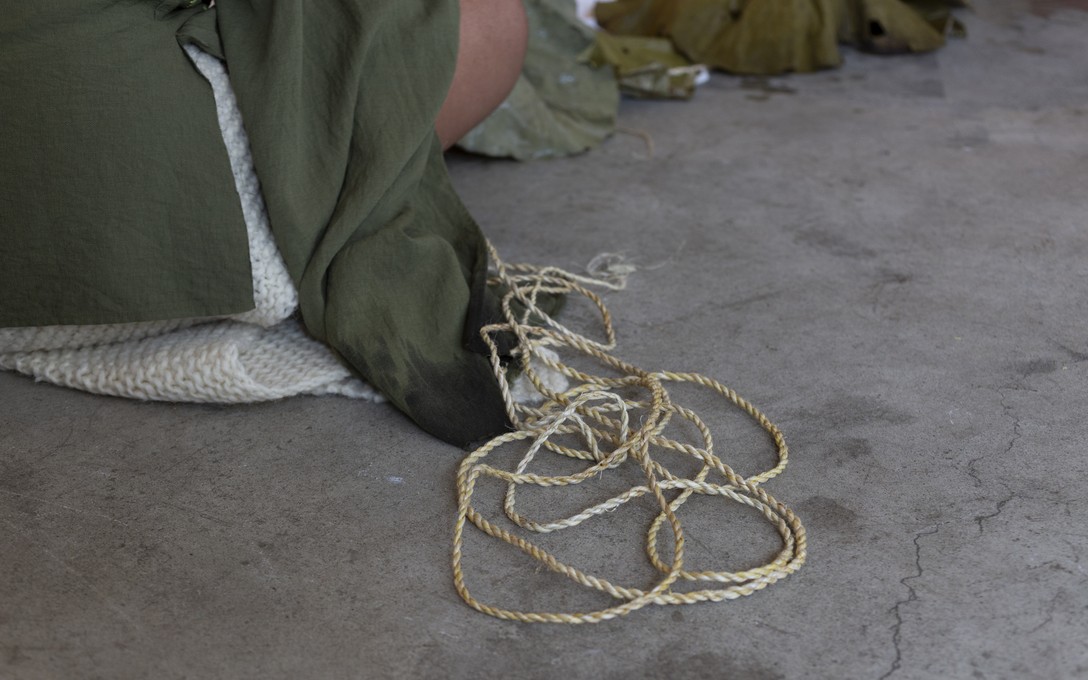
Frankie Millar and Jieying Cai, Hāngi, 2024. Image courtesy of Cheska Brown.
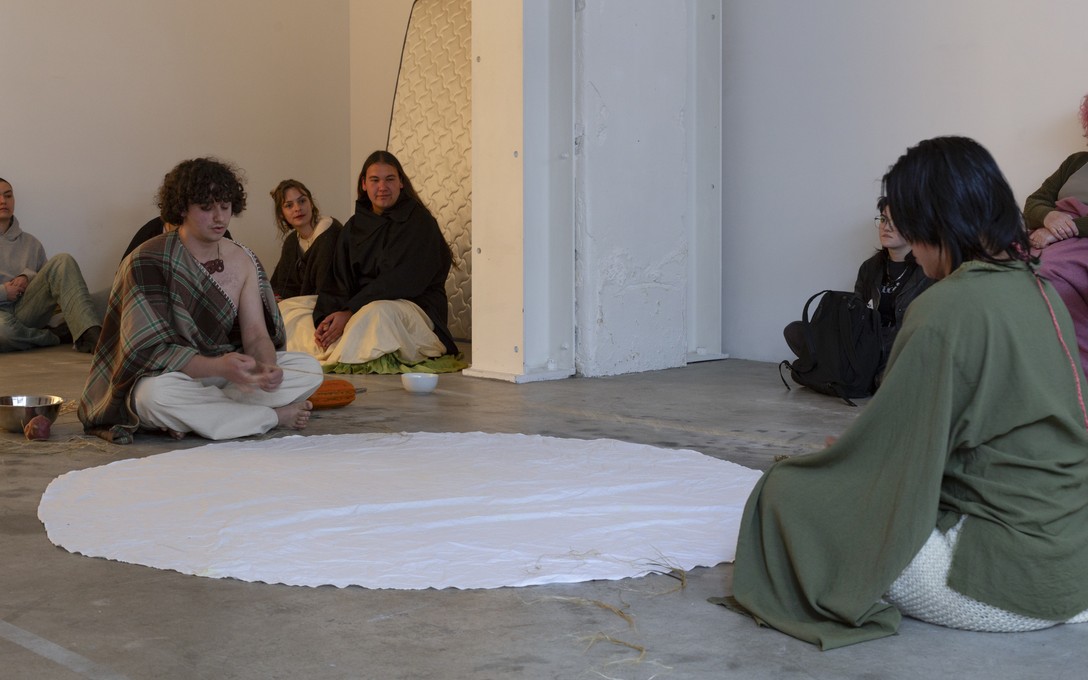
Frankie Millar and Jieying Cai, Hāngī, 2024. Image courtesy of Cheska Brown.
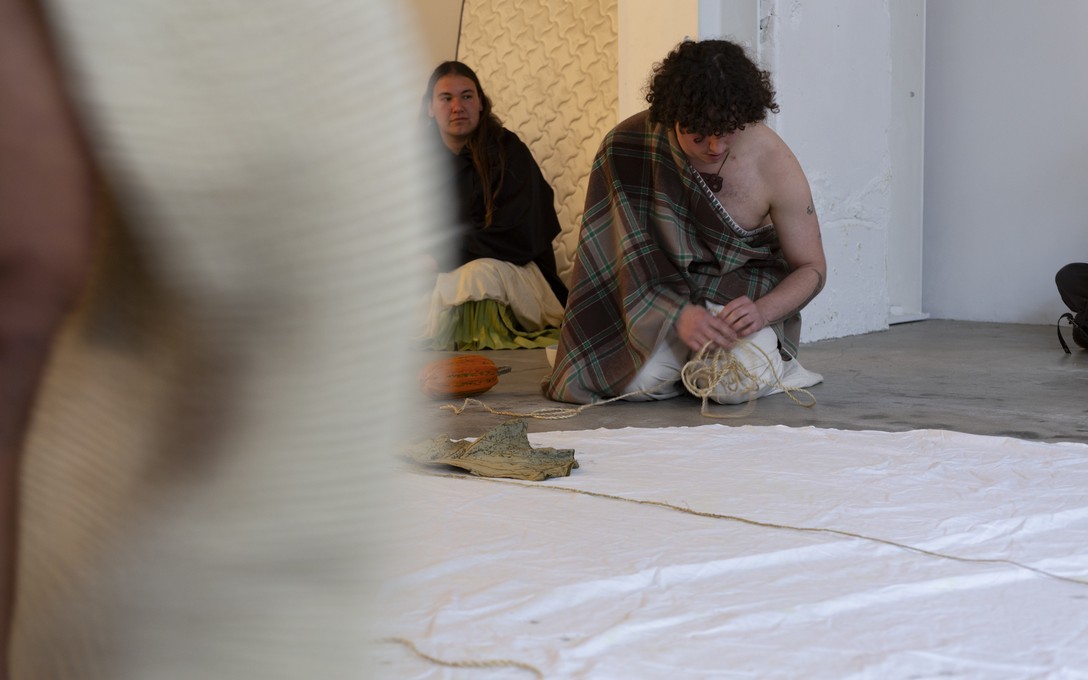
Frankie Millar and Jieying Cai, Hāngī, 2024. Image courtesy of Cheska Brown.
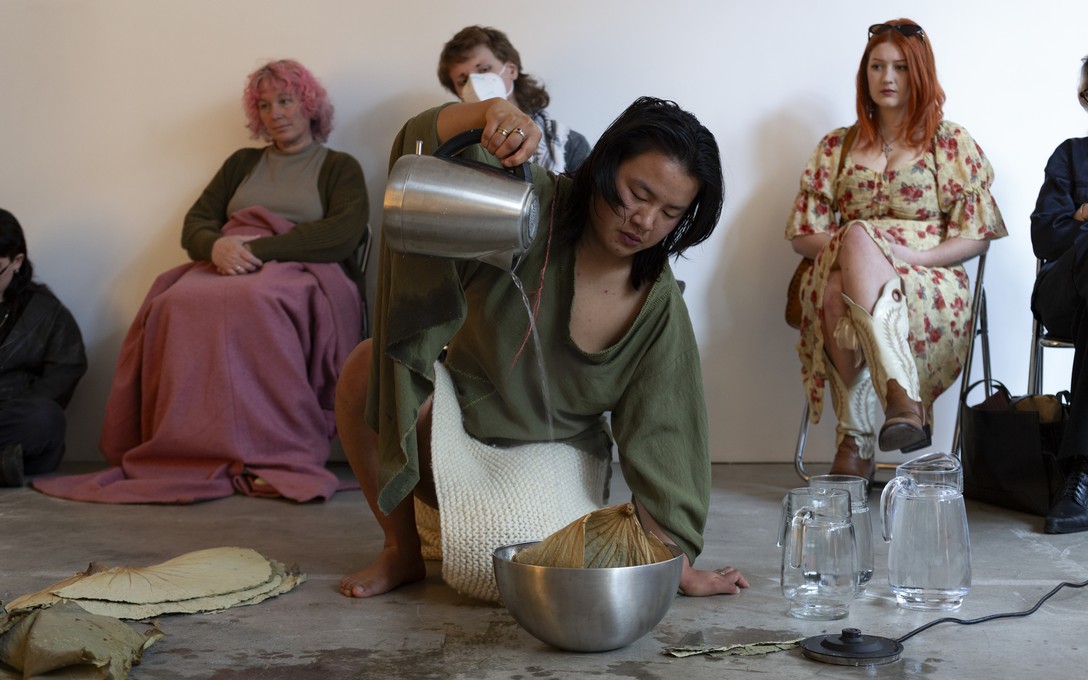
Frankie Millar and Jieying Cai, Hāngī, 2024. Image courtesy of Cheska Brown.
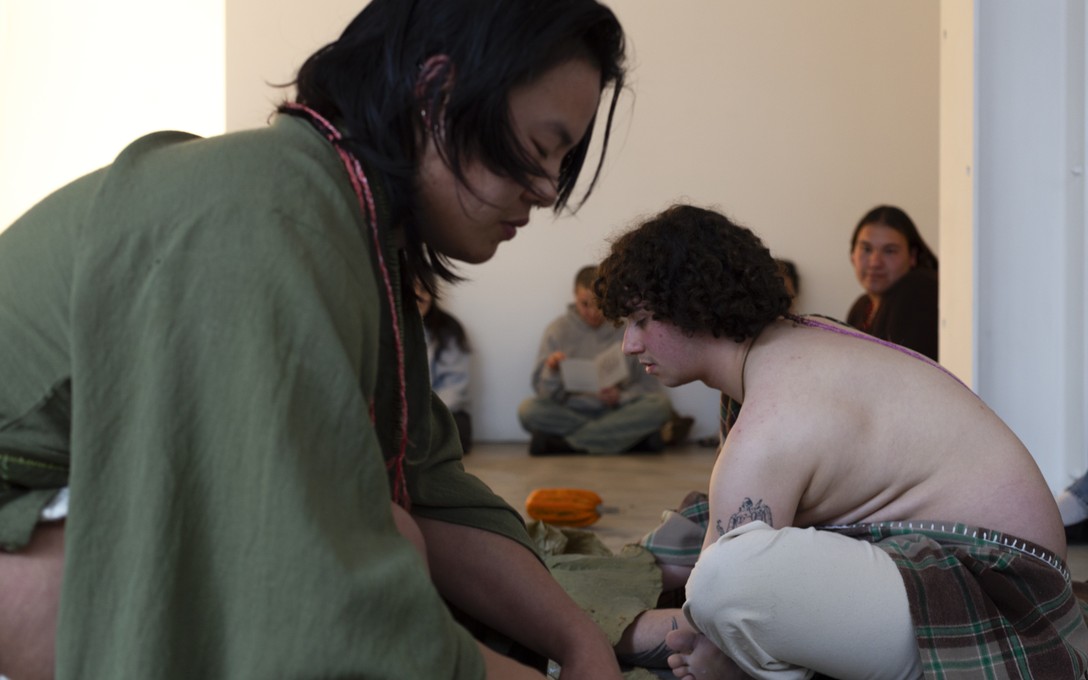
Frankie Millar and Jieying Cai, Hāngī, 2024. Image courtesy of Cheska Brown.
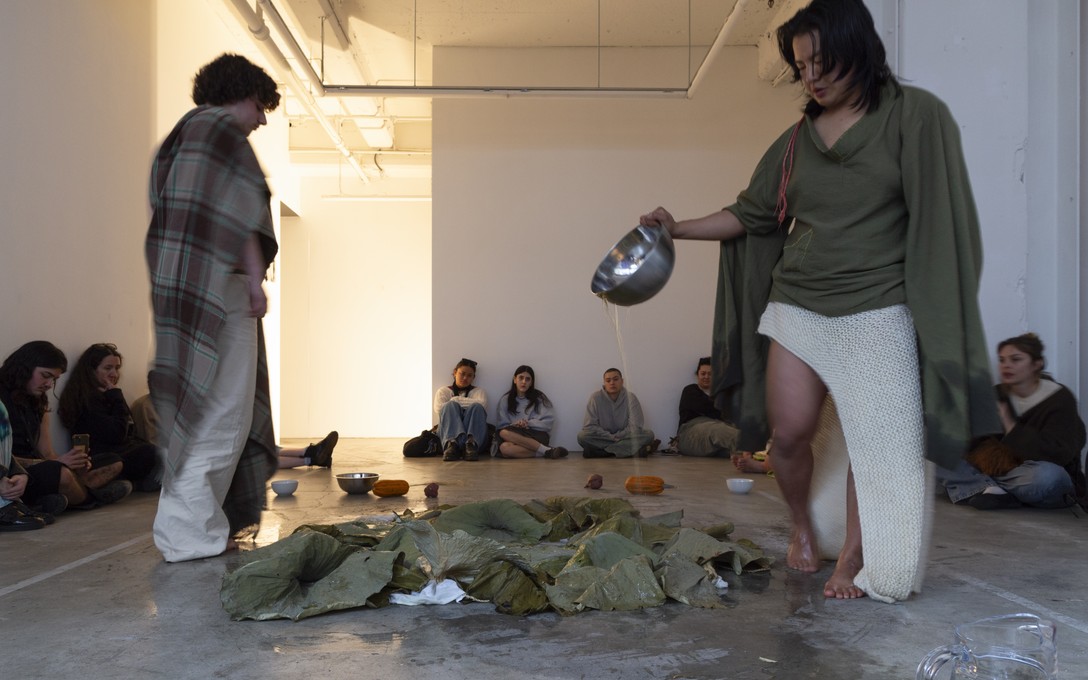
Frankie Millar and Jieying Cai, Hāngī, 2024. Image courtesy of Cheska Brown.
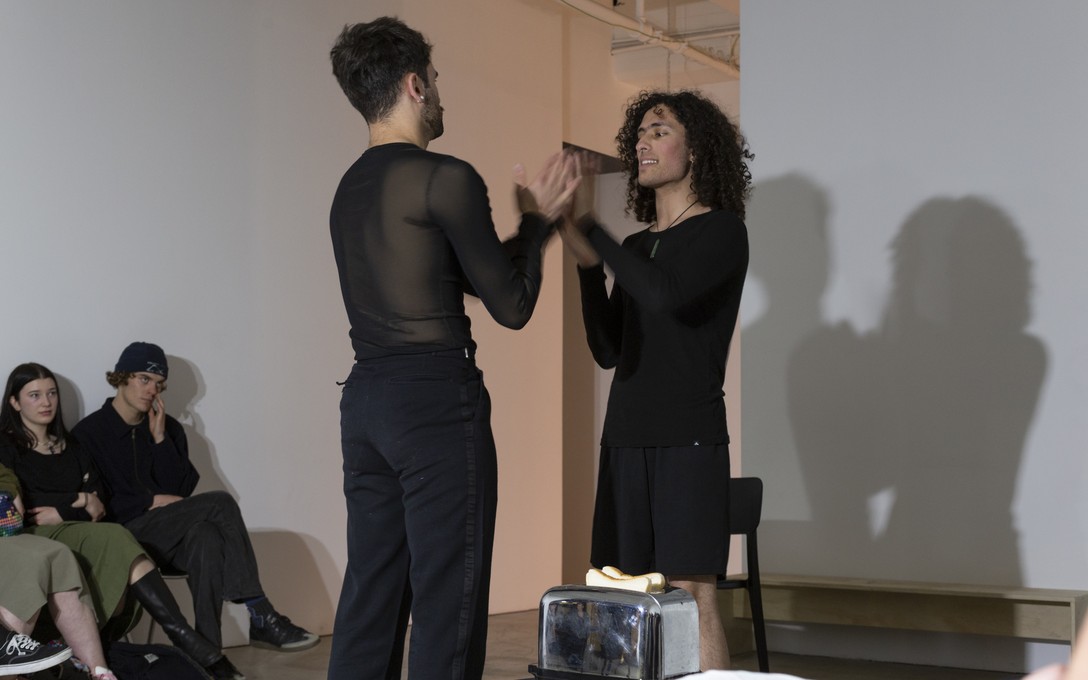
Zody Mārino Takurua and Chris Girven, Huka Mai Te Rā, 2024. Image courtesy of Cheska Brown.
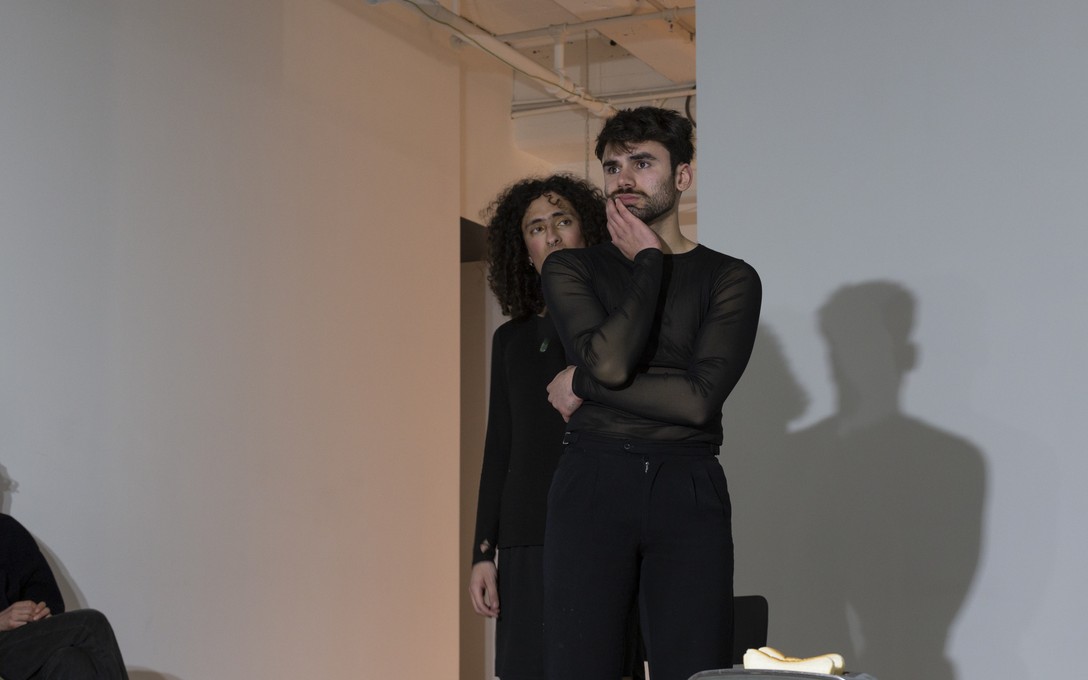
Zody Mārino Takurua and Chris Girven, Huka Mai Te Rā, 2024. Image courtesy of Cheska Brown.
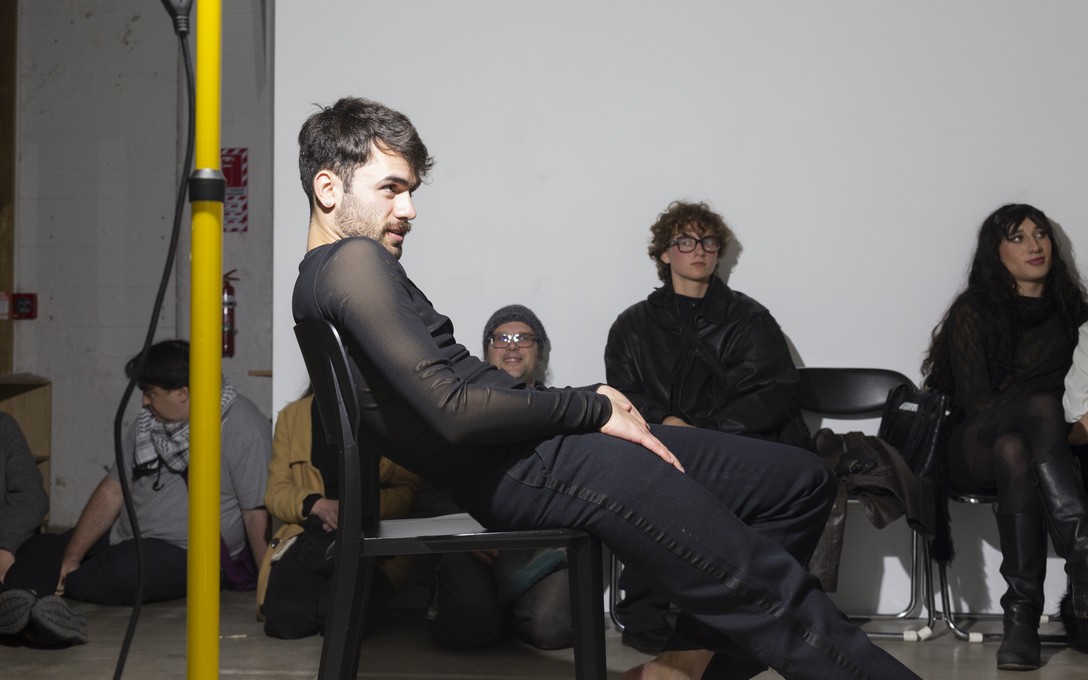
Zody Mārino Takurua and Chris Girven, Huka Mai Te Rā, 2024. Image courtesy of Cheska Brown.
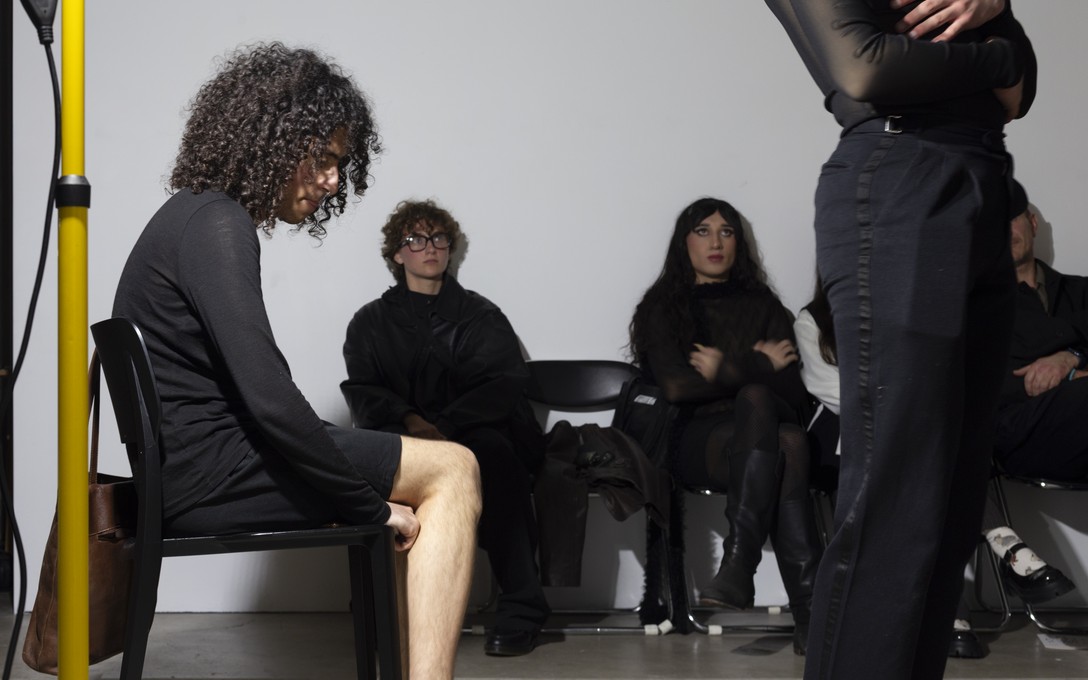
Zody Mārino Takurua and Chris Girven, Huka Mai Te Rā, 2024. Image courtesy of Cheska Brown.
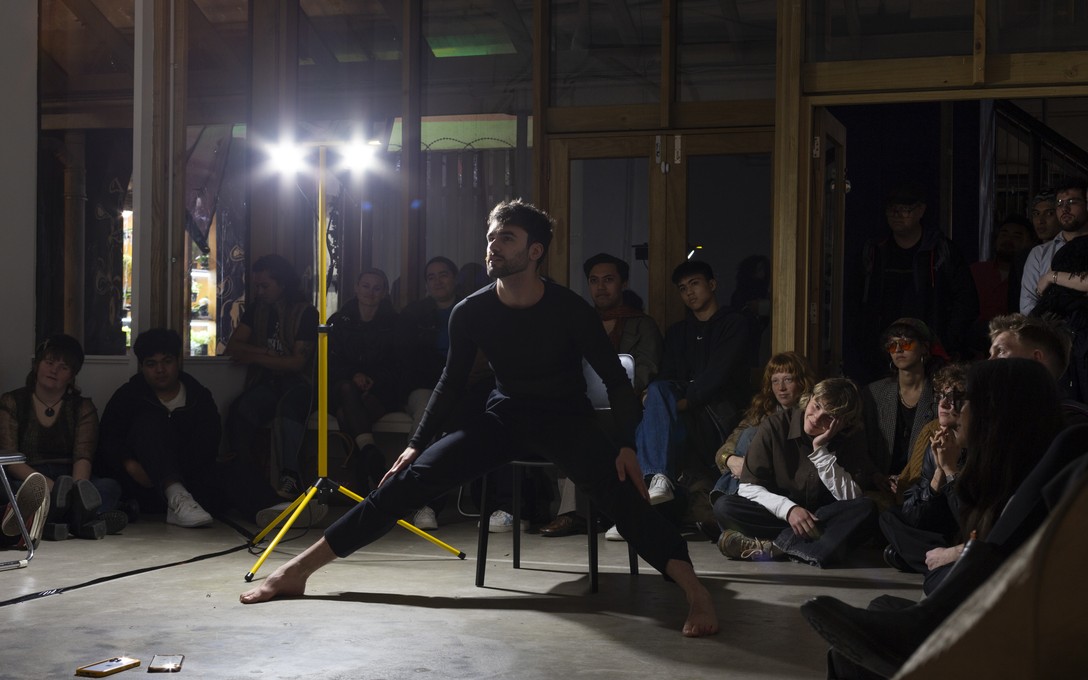
Zody Mārino Takurua and Chris Girven, Huka Mai Te Rā, 2024. Image courtesy of Cheska Brown.
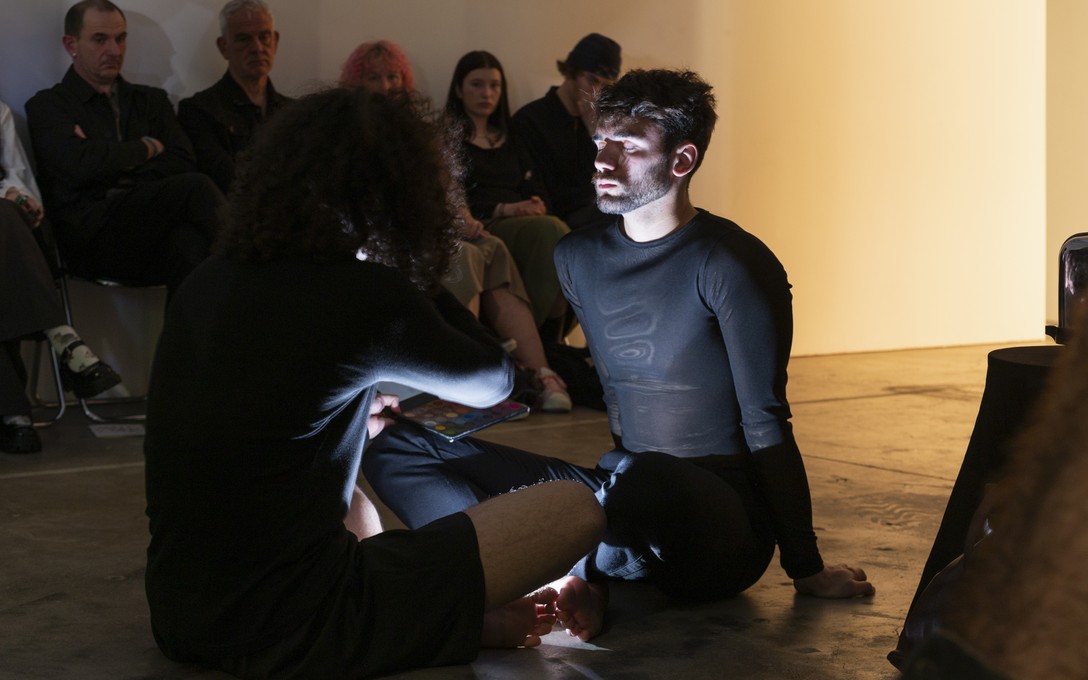
Zody Mārino Takurua and Chris Girven, Huka Mai Te Rā, 2024. Image courtesy of Cheska Brown.
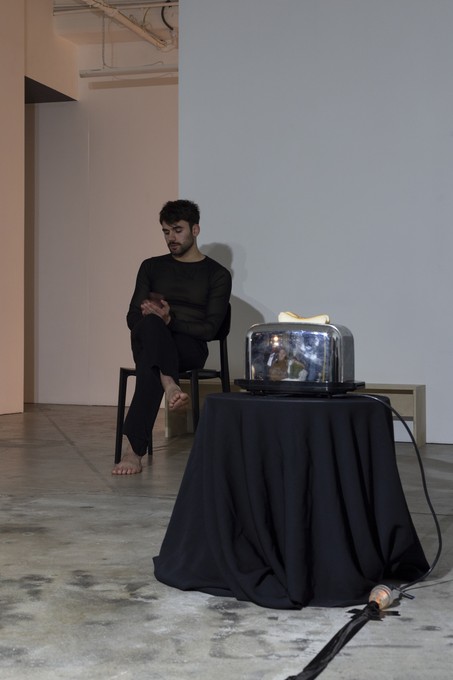
Zody Mārino Takurua and Chris Girven, Huka Mai Te Rā, 2024. Image courtesy of Cheska Brown.
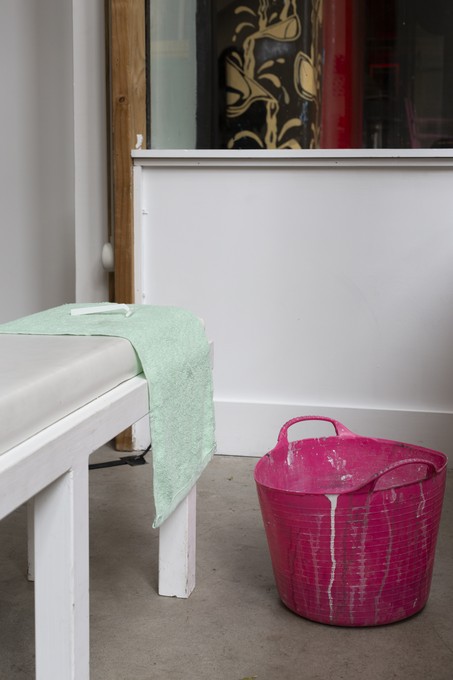
The Doll, Gateway Bed, 2024. Image courtesy of Cheska Brown.
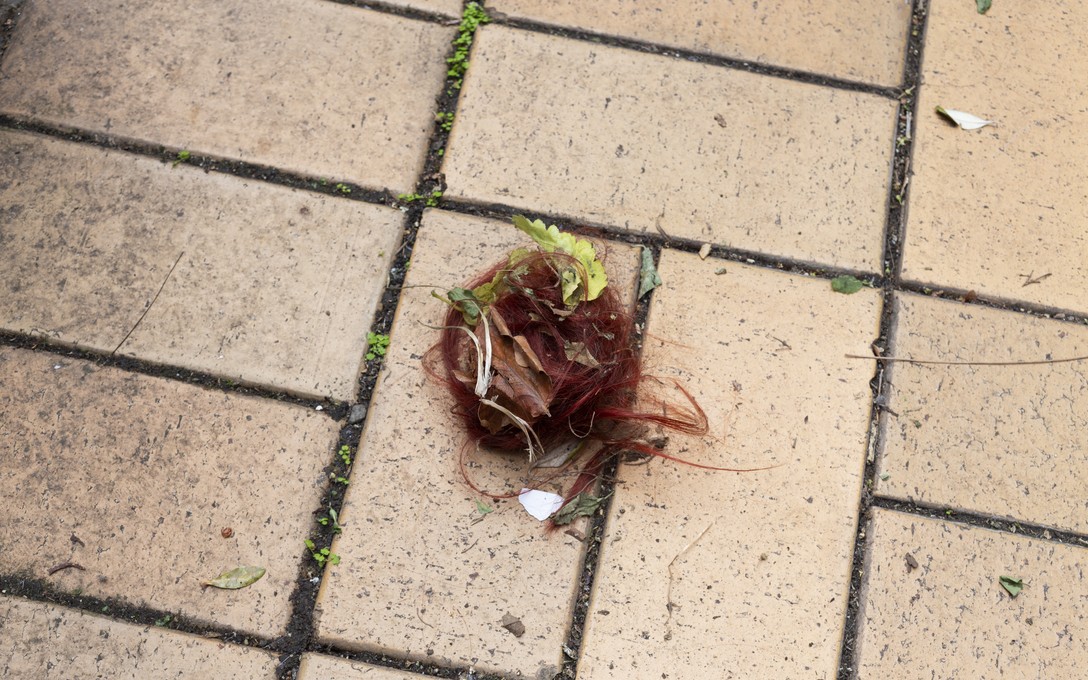
The Doll, Gateway Bed, 2024. Image courtesy of Cheska Brown.
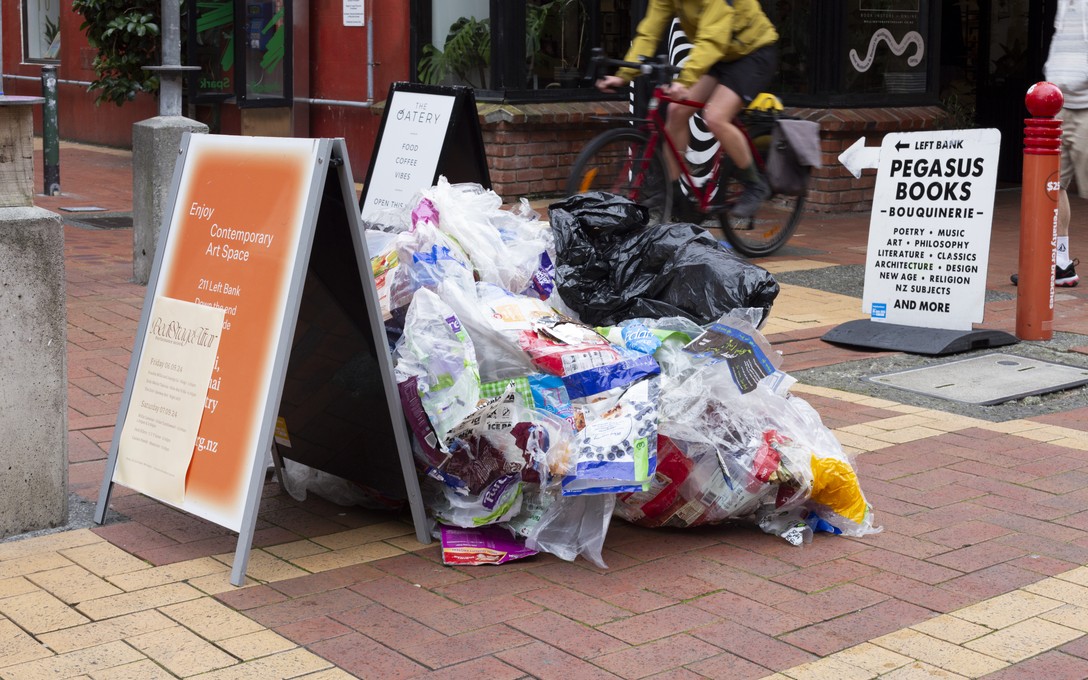
Willa Cameron, Urban Tumbleweed, 2024. Image courtesy of Cheska Brown.
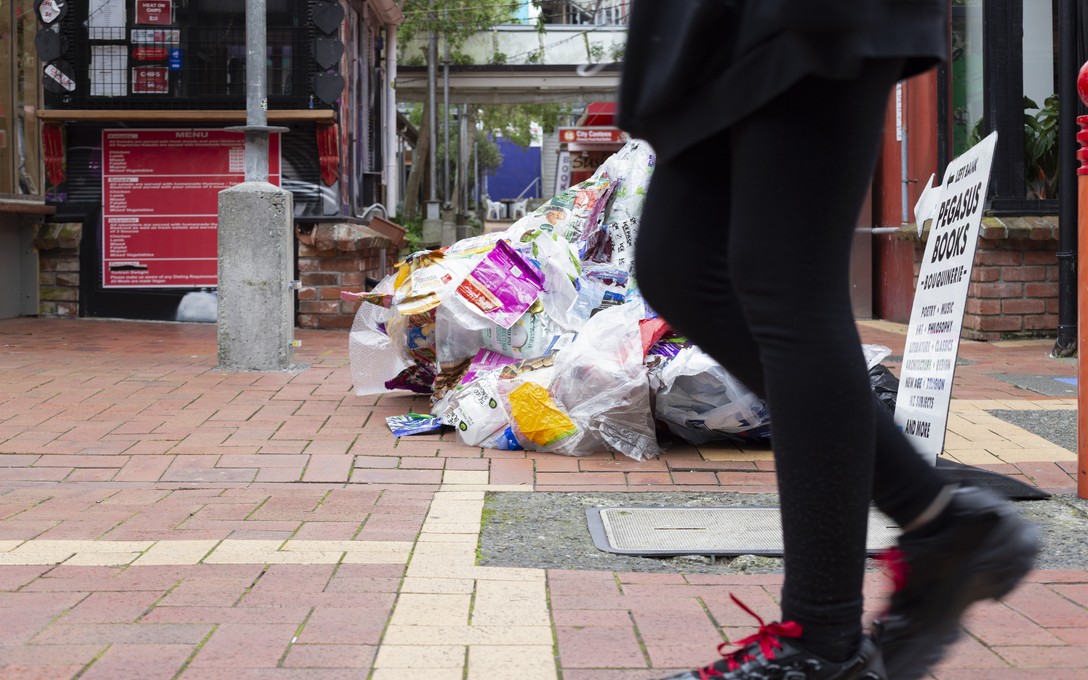
Willa Cameron, Urban Tumbleweed, 2024. Image courtesy of Cheska Brown.
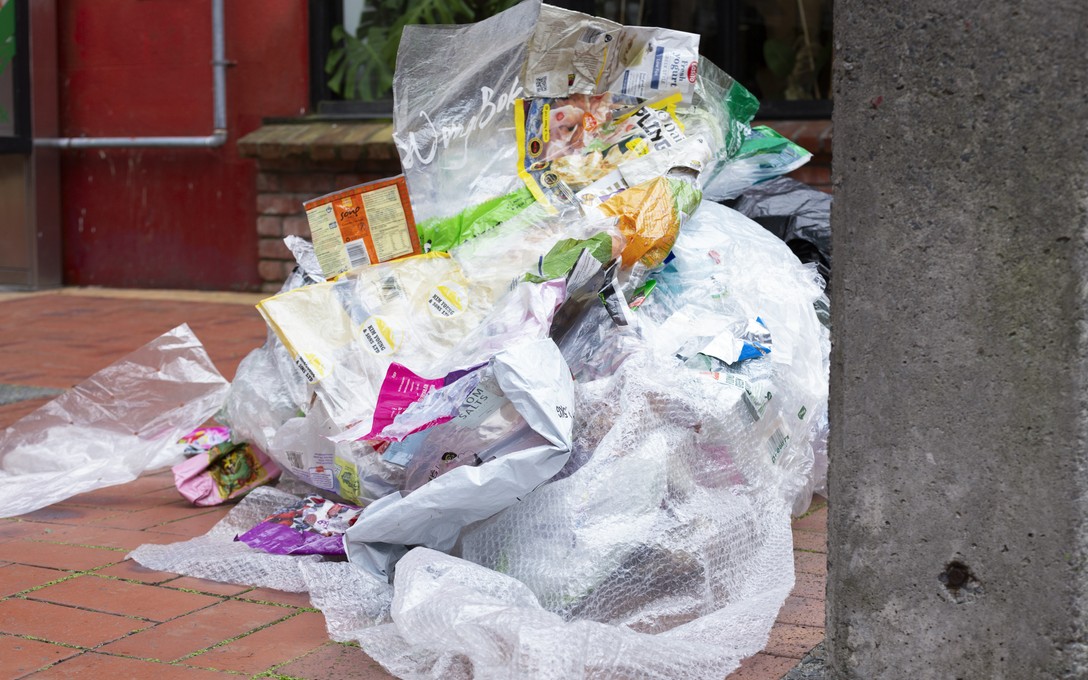
Willa Cameron, Urban Tumbleweed, 2024. Image courtesy of Cheska Brown.
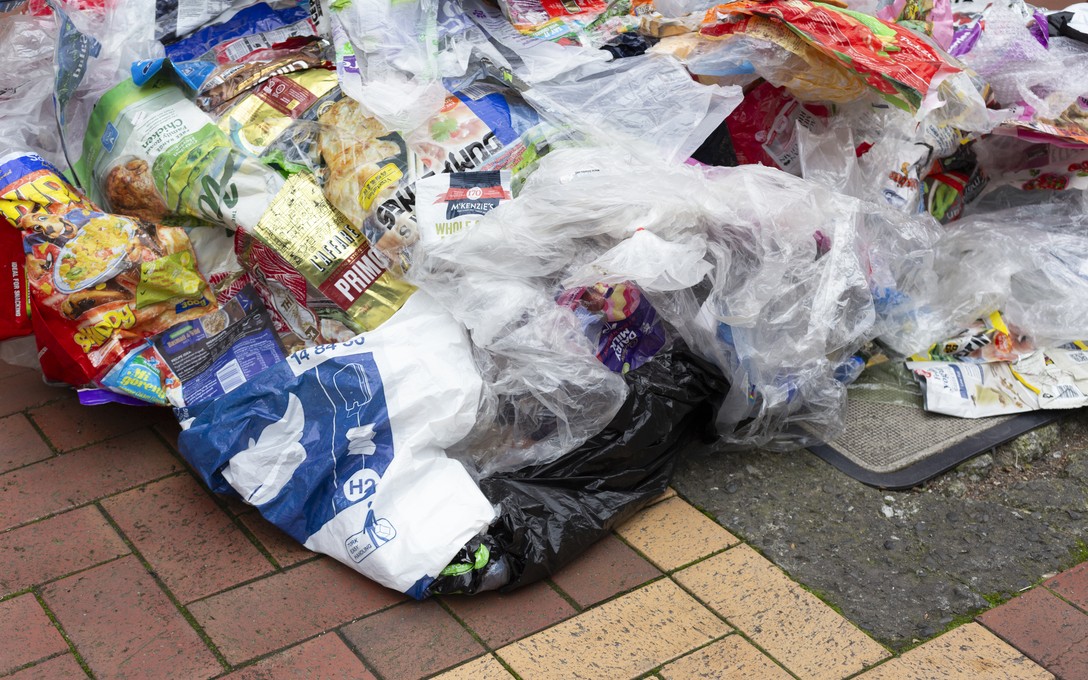
Willa Cameron, Urban Tumbleweed, 2024. Image courtesy of Cheska Brown.
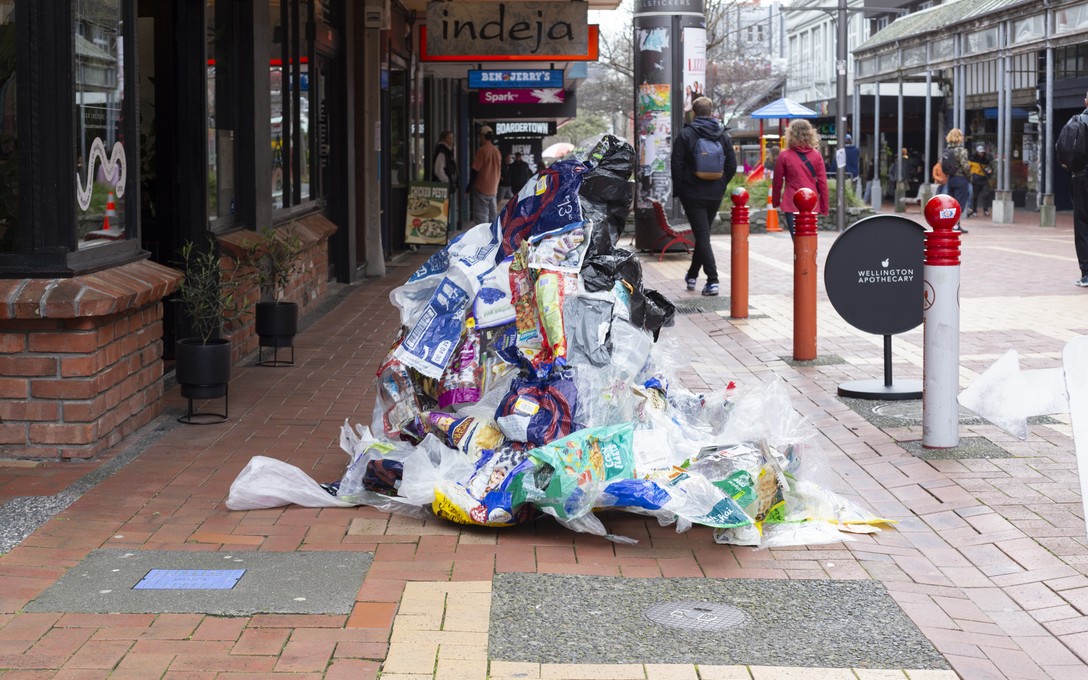
Willa Cameron, Urban Tumbleweed, 2024. Image courtesy of Cheska Brown.
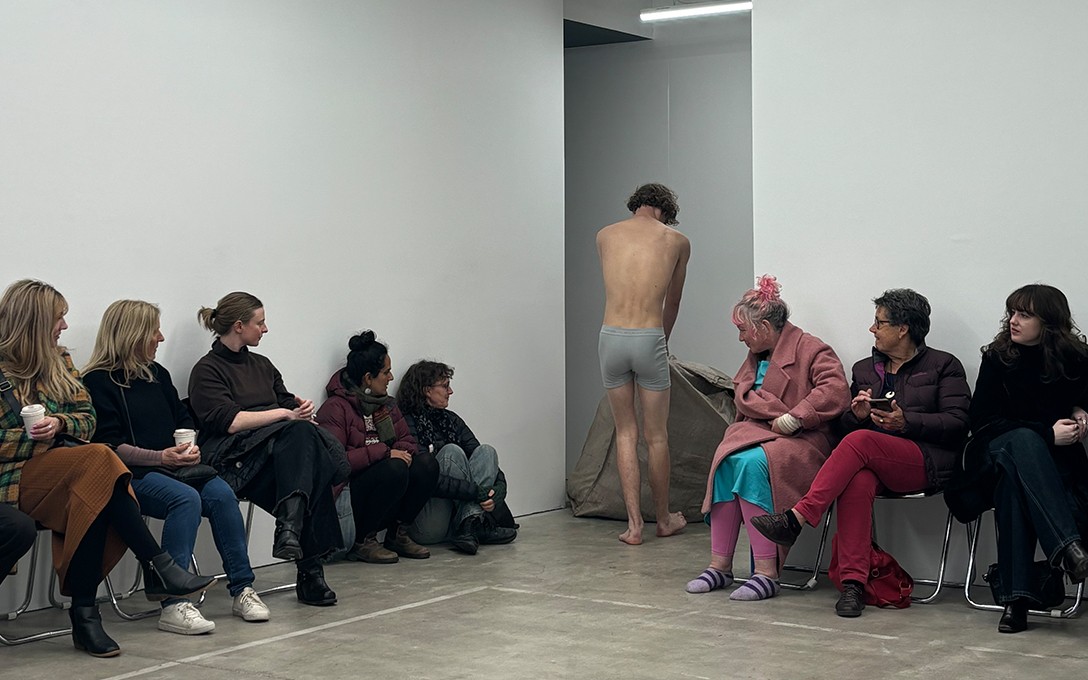
Jack Ellery, C U T Gorse, 2024. Image courtesy of DJCS.
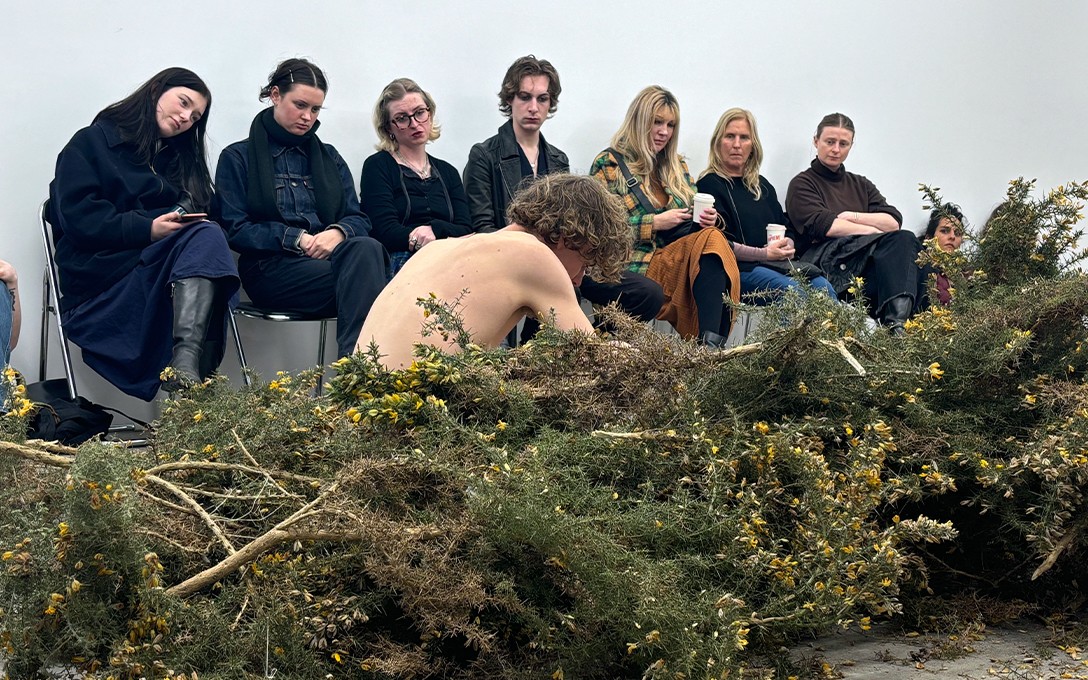
Jack Ellery, C U T Gorse, 2024. Image courtesy of DJCS.
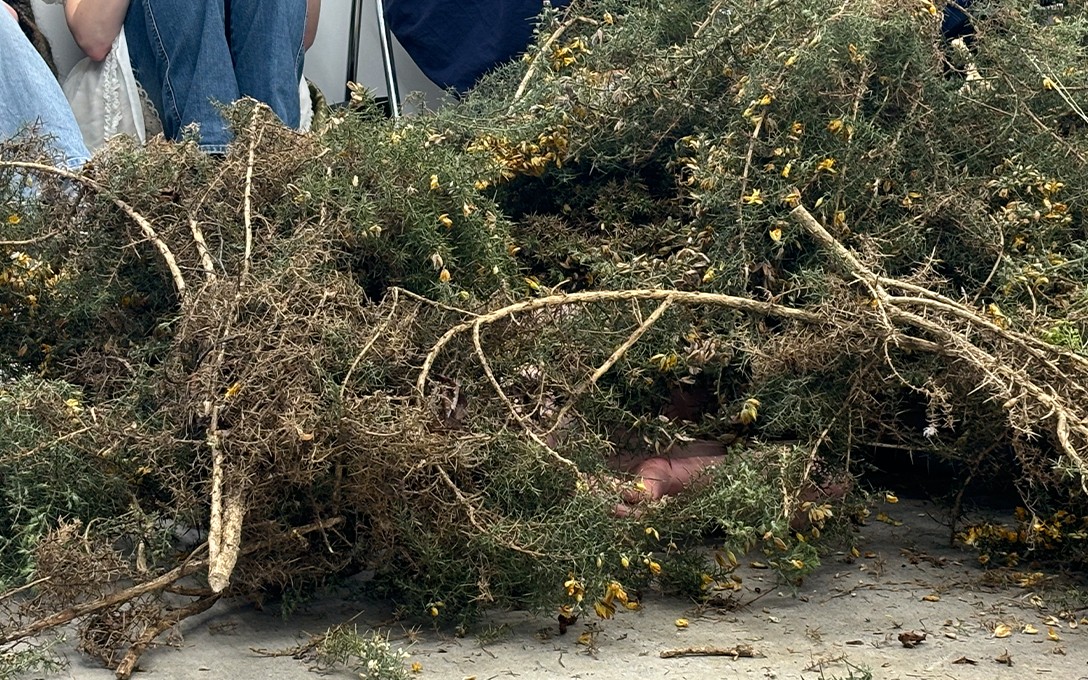
Jack Ellery, C U T Gorse, 2024. Image courtesy of DJCS.
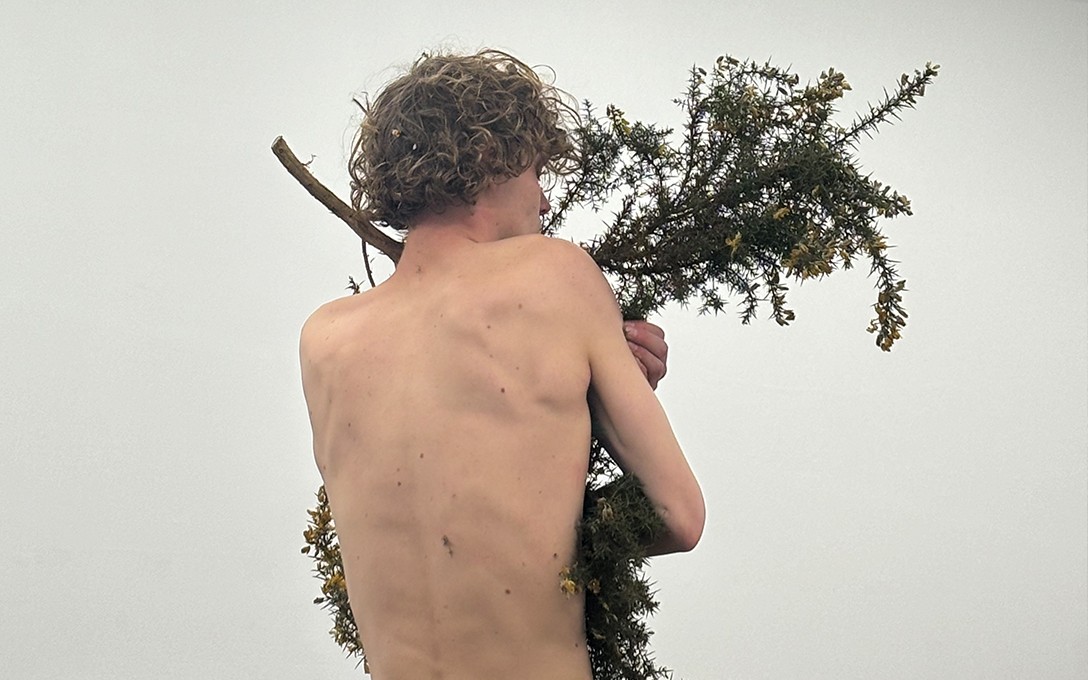
Jack Ellery, C U T Gorse, 2024. Image courtesy of DJCS.
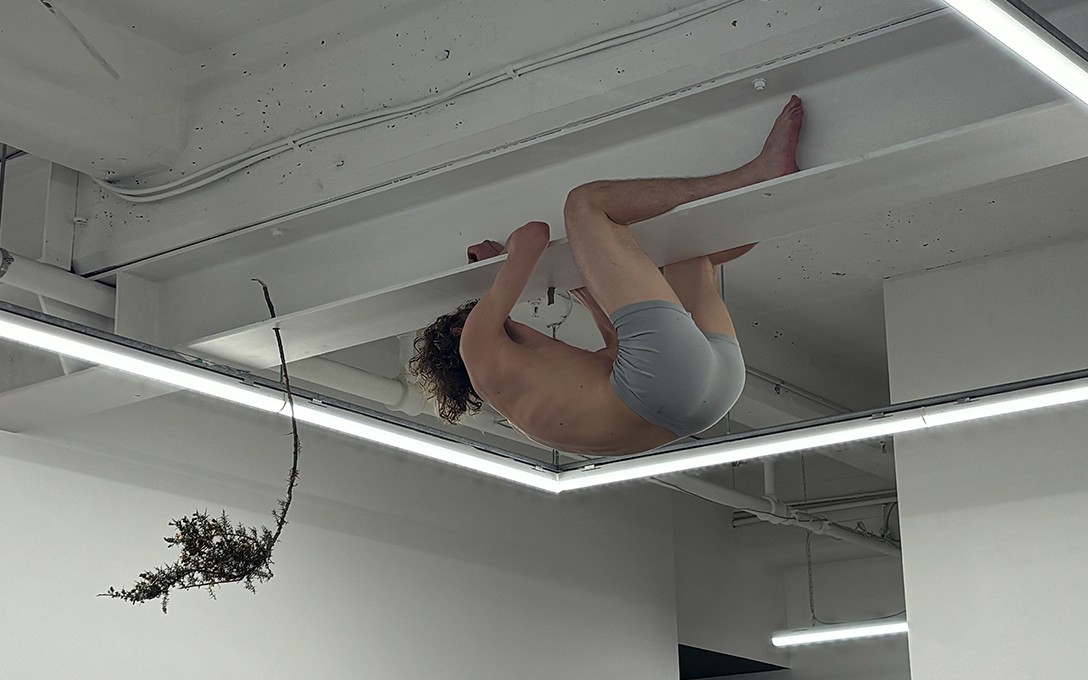
Jack Ellery, C U T Gorse, 2024. Image courtesy of DJCS.

Jack Ellery, C U T Gorse, 2024. Image courtesy of DJCS.

Cassie Freeth, Manticore, 2024. Image courtesy of Cheska Brown.

Cassie Freeth, Manticore, 2024. Image courtesy of Cheska Brown.

Cassie Freeth, Manticore, 2024. Image courtesy of Cheska Brown.
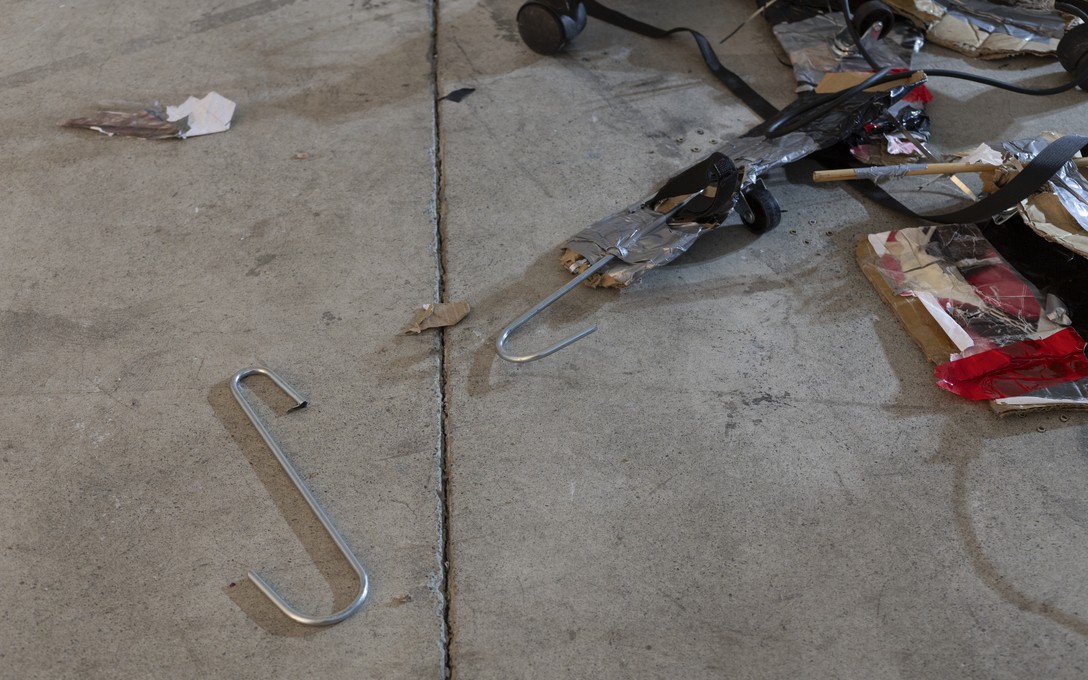
Cassie Freeth, Manticore, 2024. Image courtesy of Cheska Brown.
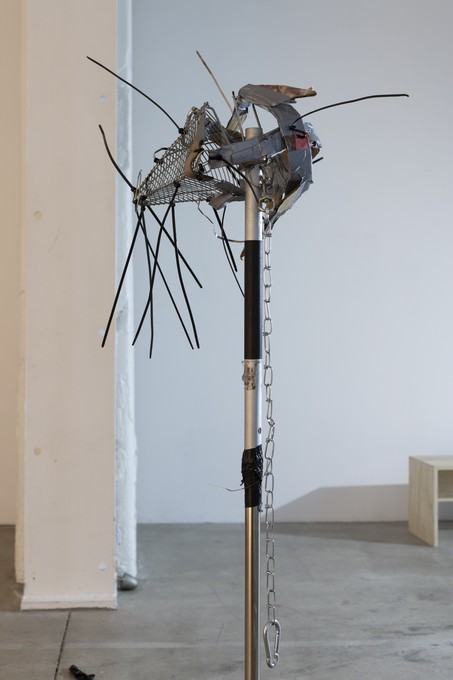
Cassie Freeth, Manticore, 2024. Image courtesy of Cheska Brown.
Elvis Booth-Claveria, born and raised in Palmerston North, Manawatū, and currently finishing their BFA in Te Whanganui-a-Tara. Their practice consists of choreographic and performance-based video with sculptural and installation consideration. Their practice centres on queer identity, body-environment relationships, and organic materiality, deeply informed by their positionality as a queer trans Pākehā in Aotearoa. Animistic theory is a key element in their work, offering a non-hierarchical lens to explore their colonial and queer identity. Influenced by a background in dance, Elvis’s work reflects a heightened sensitivity to physical presence and engages with posthumanism to reconcile their past and challenge traditional expressions of identity.
Together, these performances offer commentary on the intersections of identity, environment, and materiality, inviting the audience to engage with the complex layers of meaning embedded within each work.
Thanks to DJCS and Brooke at Enjoy, Carly Wattam, Jillian, Manon and friends and family.
